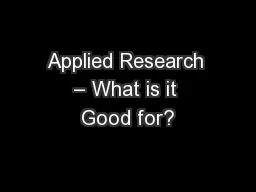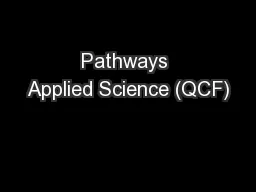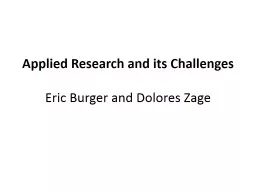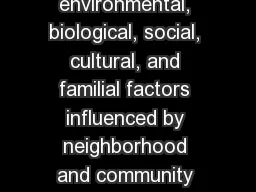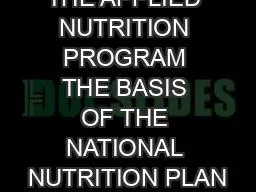PPT-PSYB3: child development and applied options
Author : conchita-marotz | Published Date : 2016-07-29
Substance abuse Drugs I never touch them Write a list of all the substances you can think of What did you include Split these drugs into legal and illegal drugs
Presentation Embed Code
Download Presentation
Download Presentation The PPT/PDF document "PSYB3: child development and applied opt..." is the property of its rightful owner. Permission is granted to download and print the materials on this website for personal, non-commercial use only, and to display it on your personal computer provided you do not modify the materials and that you retain all copyright notices contained in the materials. By downloading content from our website, you accept the terms of this agreement.
PSYB3: child development and applied options: Transcript
Download Rules Of Document
"PSYB3: child development and applied options"The content belongs to its owner. You may download and print it for personal use, without modification, and keep all copyright notices. By downloading, you agree to these terms.
Related Documents


